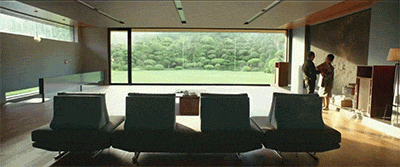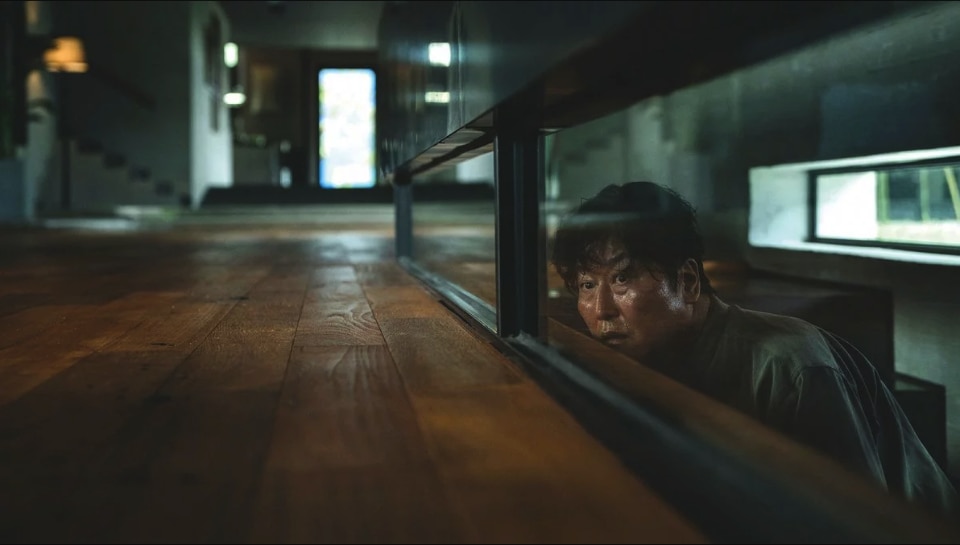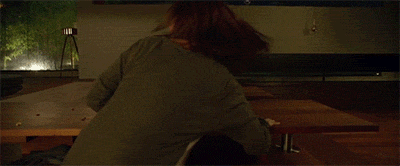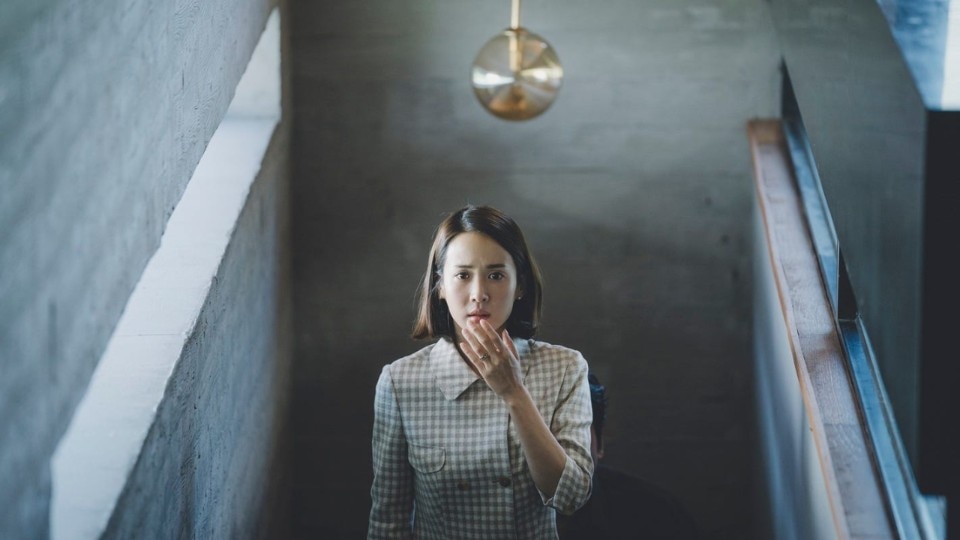Parasite will be this year’s most important foreign (non-American) film. It’s the rare case in which we can immediately say that in 10 or 20 years we’ll look back to 2019 and we’ll remember it as the year in which this Korean movie came out and changed everyone’s mind about Korean cinema.
After winning the Cannes Festival, it is the most likely Oscar candidate for best foreign film. Those who have watched it have discovered that, in addition to Korean, the film speaks the language of architecture. The language of interior and exterior spaces, of design and its absence, of optimization of space and its opposite, of voids and solids. It is a story of social classes. There is a rich and a poor family (father, mother, son and daughter, in both cases) where the poor one is so smart at fooling the rich one – that is so silly and haughty to not notice it – at least until everything changes in unpredictable ways with a twist unknown to Western cinema. And everything is set in the houses and spaces. Of course, the story is told through dialogue and acting, but everything we understand deeply, everything that really matters and that makes the film memorable is told through the use of space.
The Kim family, the poor one, is the one we see first, in a horrible apartment; the first thing we see in the movie, the first image, is the frame of a small window in their basement, a high window overlooking the street level, and then the camera moves down to frame the family. We are already low, but we have to go even lower to get to these characters.
They are looking for a free WiFi network to scrounge because the one they were using has been closed. So we see them walking around the house like dowsers looking for a signal and showing the place. There’s not much to see, a sort of sitting room, an infamous corridor overlooking some room and a bathroom that is the real protagonist of their home because it has the toilet cup on an absurd elevation, placed next to another window. A solution so inconceivable that it makes you think of real desperation instead of architectural audacity.
If we consider that both this and the other house, the opulent one, were built and furnished from scratch for the film, it is even clearer how much these details count.
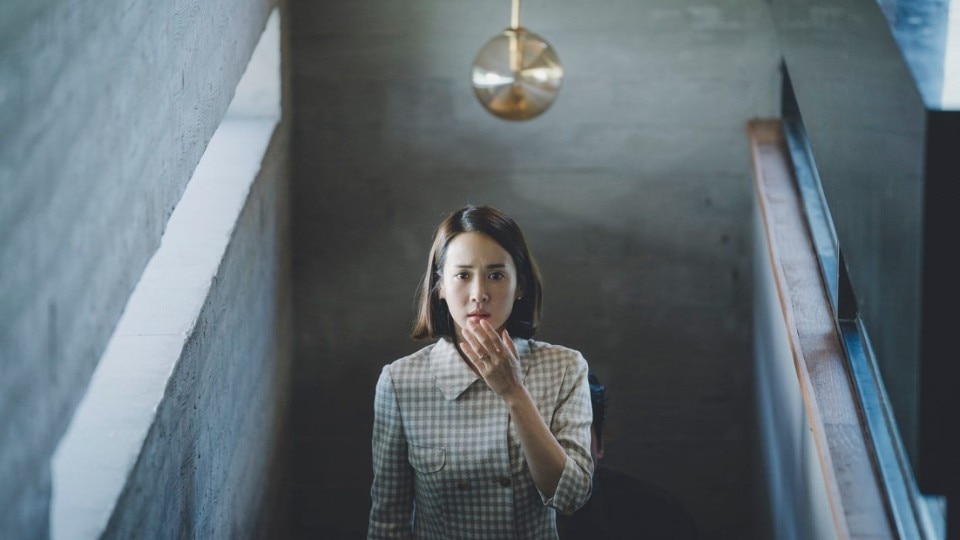
To get out of that disastrous place, where the only window on the world is the size of a miserable 18” monitor overlooking a horrible alleyway offering the same show every night – a drunkard who comes to pee next to the window – the Kims elaborate a scam: they manage to become the guardians, the driver and the housekeeper of a very rich house, the one belonging to the Park family. Designed by an (fictional) famous Korean architect and sold to them after his death, the house is a show of modern minimalism, wood and concrete, large rooms and dry stairs without frills that go upstairs where the rooms are placed and descend to an underground floor used as a pantry. In the living room there is a gigantic window door; if Kim’s door is an 18”, this is a cinema screen overlooking an inner garden. Every night, through that window, the Parks can look not at the real world but at their wonderful little garden. Thhis says it all.
But what will trigger the most sensational part of the plot is the discovery of a new environment, an area that no one thought existed in that dwelling. Changing environments changes the story, enlarging a house expands history. Fiction reigns on the ground floor, the realm of social aspiration is in the rooms upstairs, where young tutor Kim tries to establish a relationship with his pupil with the clear purpose of entering that family, and below... Below is the worst. Underneath is the realm of collective and social repression, the truth is so hard that it is difficult to sustain.
You could go on but it starts to be difficult without spoiling too much. It is enough to say that even the electrical system and the way it was designed play a crazy role in the ideas and metaphors (but in the end also in the plot) of the film. Everything about that house is a tool for a story.
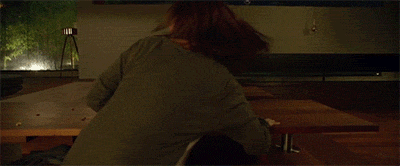
The idea, after all banal, that a house tells the story of who designed it or after a few years who lived there is outdated. Those two houses tell the truth of the world in which the characters live. To get to the Parks, it seems that the Kims are just climbing up, all roads upwards framed in a very intelligent way, always from the bottom upwards. To return home instead they will have to go down, down and down, as if they were in the sewers, as if Seoul was built vertically and drained the rain down to end up all in their house. It’s not just the principle of Metropolis (top the elite, bottom the mass) but the very idea that the urban and even domestic layout is a narrative in itself.
Bong Joon-ho doesn't want to tell an architecture story to the world, but tell the world (also) through architecture.
.jpg.foto.rmedium.jpg)
There is no need to notice how many times the characters descending the stairs, even at home, worsen their situation, nor to notice when one of them, in running up the stairs moves like a spider, climbing with hands and feet to hurry, a social ascent to the Olympus of the beds conducted like an insect. Finally, there is no need to note down how many times you get on the cup of that raised toilet in the poor house and in which conditions (incredible is the moment when a cigarette is lit right there).
All this must not go through the head, it must not be the result of reasoning, it is a language of spaces that we all master naturally and that the film uses to speak to the unconscious, to make us understand things much deeper than what can only be said. To think about how deep and unbridgeable the social gap is, how much it needs a hidden repressed, how much the victims of this gap are always the same and then, in an incredible moment, just with the wide spaces of the Park house show the illusion of social rise.
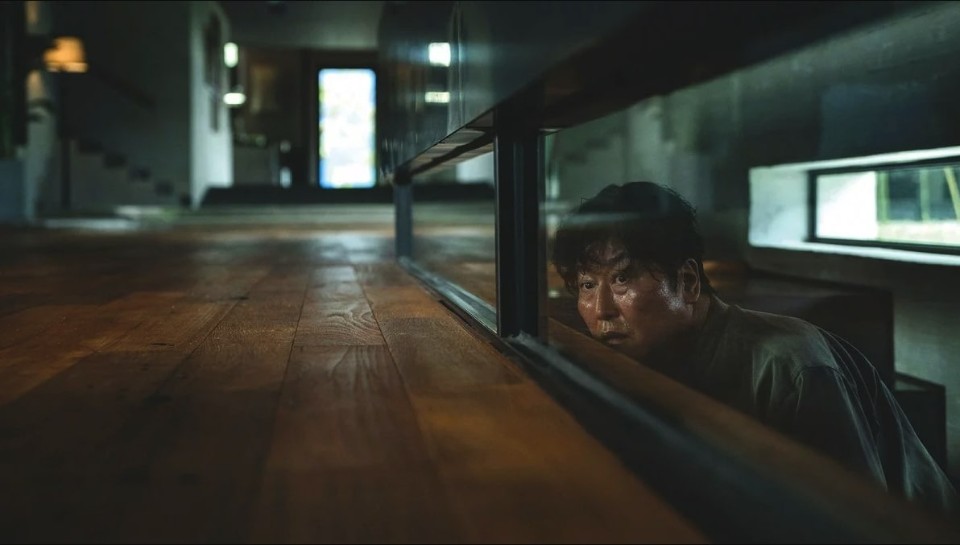
- Movie:
- Parasite
- Director:
- Bong Joon-ho
- Year:
- 2019
- Country:
- South Korea
- Production:
- Barunsun E&A


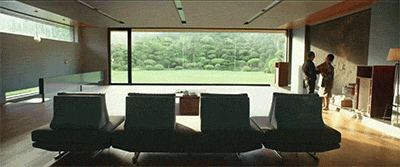
.jpg.img.png/1573903489799.png)

.jpg.foto.rmedium.png)
